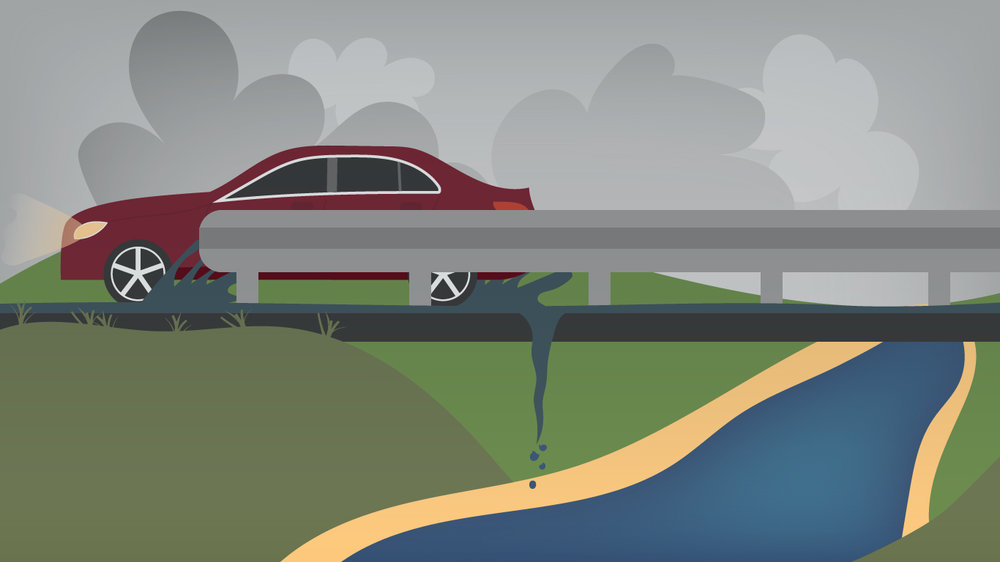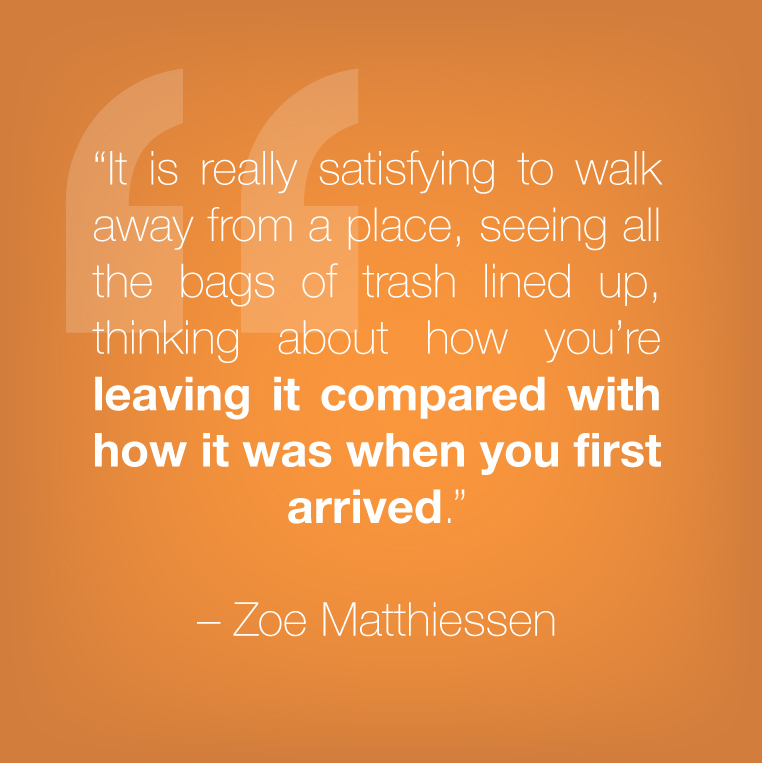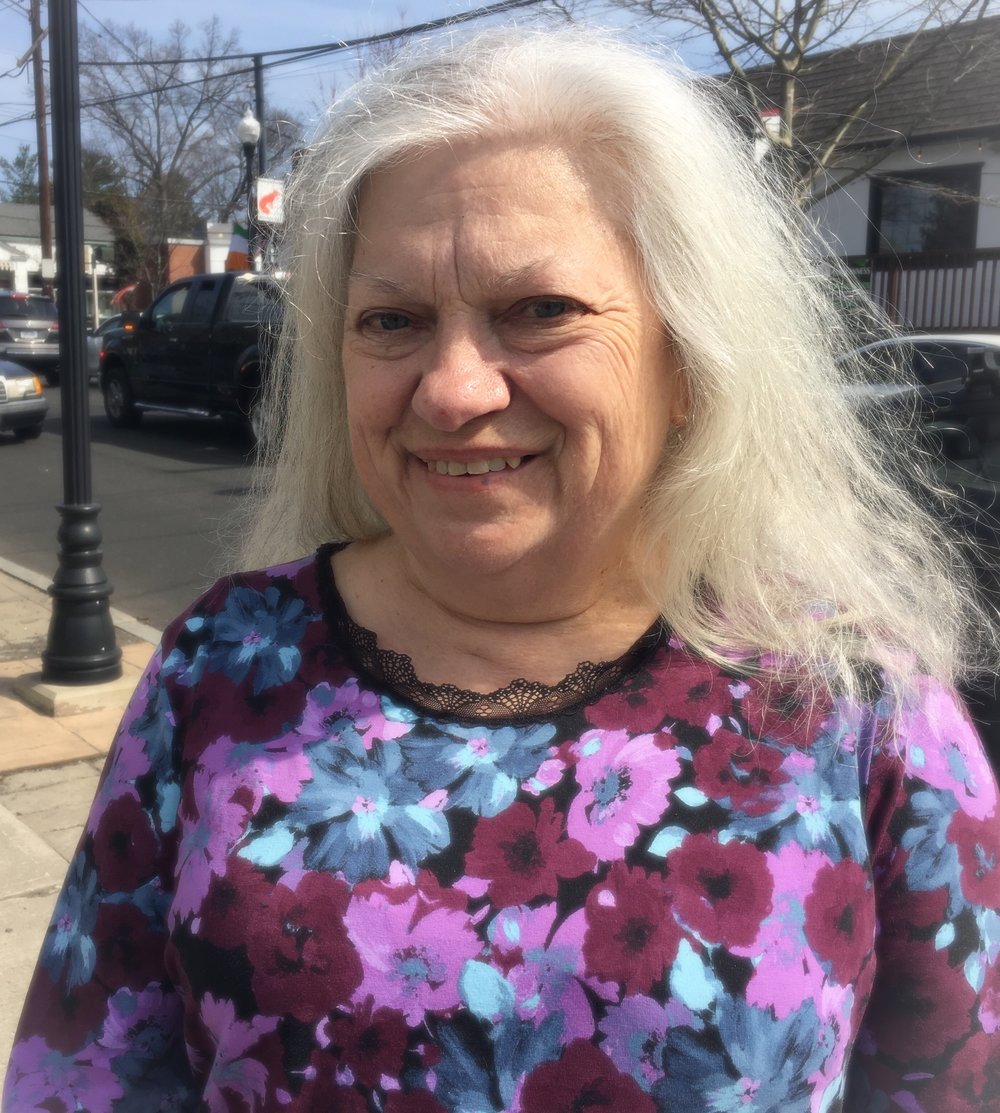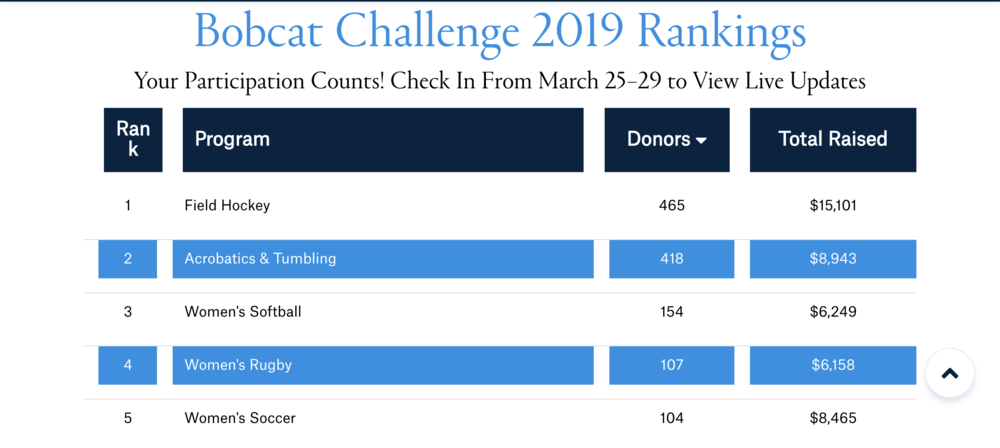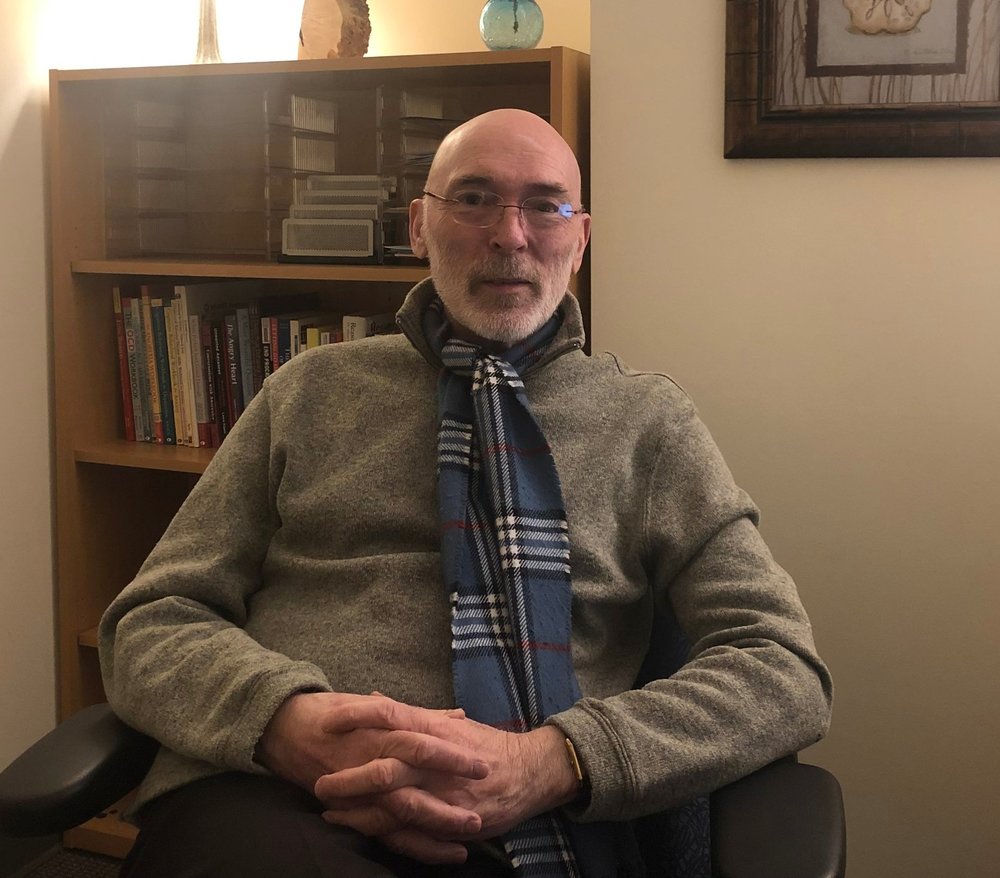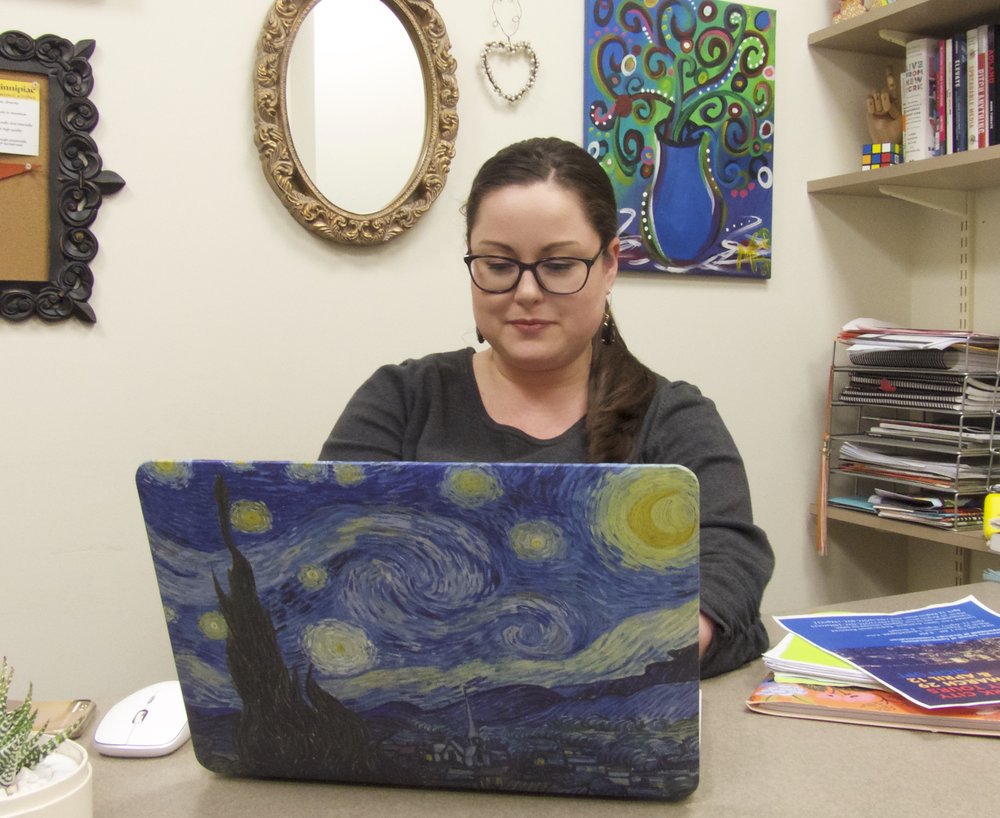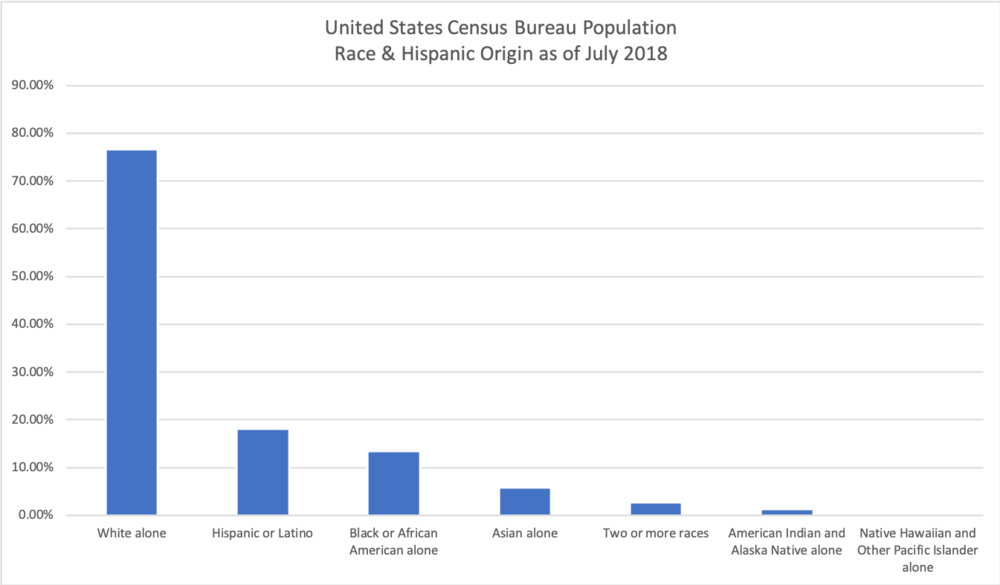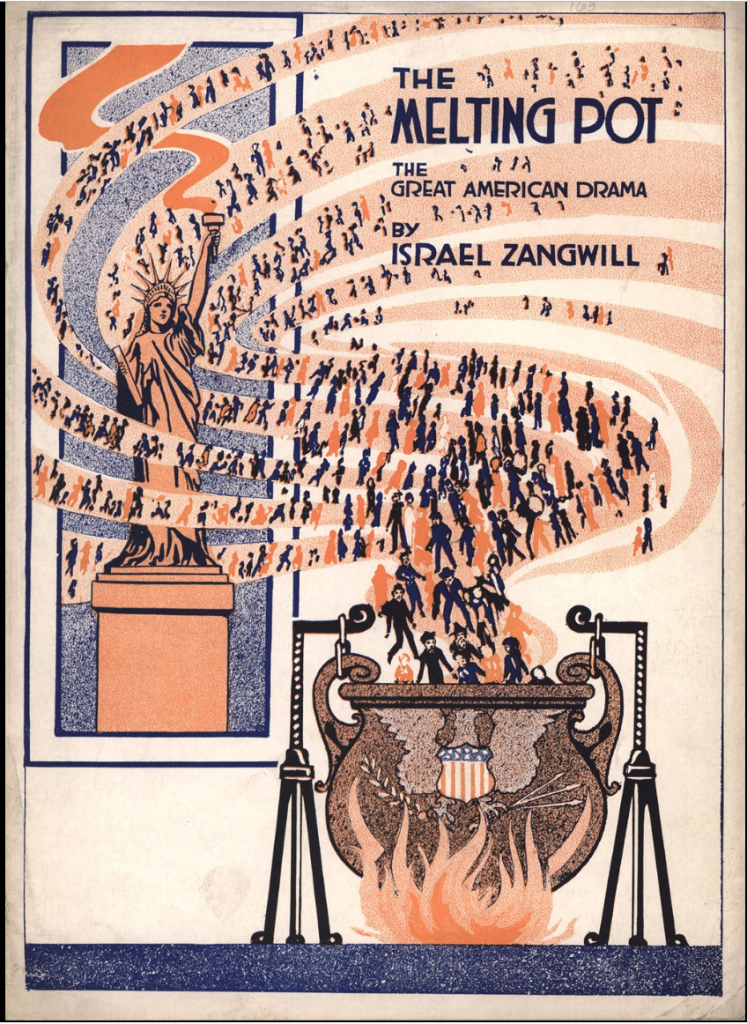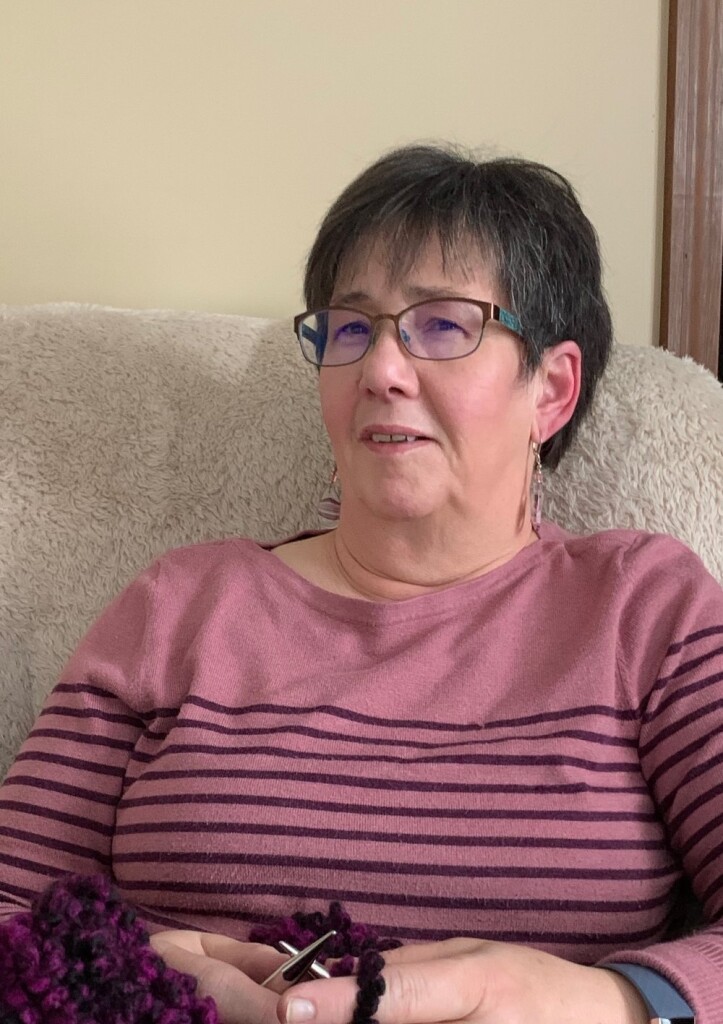By Emma Robertson
A photographer. An eclectic group of artists. An organization composed almost entirely of volunteers. All different, but with a common goal: to educate Connecticut residents about the Quinnipiac River, the threats it faces and how it can be used for good.
David James, president of the Quinnipiac River Watershed Association (QRWA), believes it is now more important than ever to get local communities involved with the Quinnipiac River.
“We really think that it’s important for people to have a hands-on relationship with their physical environment,” he said. “In a highly technological age like we have, it’s all the more important to get people relating to their world.”
The Quinnipiac is a river with a long history of pollution. The battle against corporations and industries that have polluted it has seen progress and setbacks. But regardless, locals are coming together through art, education, and activism to inform the public about the importance of their local river.
The Quinnipiac River has been an integral part of Connecticut history for 20,000 years. According to the Quinnipiac River Fund, it begins in New Britain and travels 38 miles south, ending in the New Haven Harbor and Long Island Sound. It travels through 14 towns, including Cheshire, Meriden, Wallingford and New Haven.
As industrialization spread throughout the country in the mid-1800s, industries and businesses populated the banks of the Quinnipiac River because of advancements in hydro powered manufacturing. According to the Quinnipiac River Fund, “on the upper river, Meriden and Wallingford became (world-renowned) producers of (silver-plating) and (metalware), and their populations rapidly expanded.” As these populations increased, more industrial discharge and sewage were dumped into the river, causing the Quinnipiac to become severely polluted over the years.
In 1972, what had been previously known as the Water Pollution Control Act was amended and renamed the Clean Water Act (CWA). Under the amendment, the EPA gained the right “to implement pollution control programs” and “made it unlawful for any person to discharge any pollutant from a point source into navigable waters, unless a permit was obtained under its provisions.” Under this new legislation, industries and companies were limited to the amount of pollutants they could release into bodies of water. Following the adoption of this amendment, rivers across the country, including the Quinnipiac, began to see improvements in water quality.
Even with the CWA, the Quinnipiac still sees its fair share of problems. There are two categories of pollution that affect it today: point source and nonpoint source pollution. Point source pollution was the target of the CWA. According to the Quinnipiac River Fund, “point source pollution can be traced directly back to a specific origin. Typical sources are the discharge pipes from factories and municipal sewage treatment facilities.” Although the CWA allows specific amounts of these chemicals to be released into the river, companies still manage to find loopholes.
Matthew Higbee, research and communications officer for the Community Foundation for Greater New Haven, explained that in order to identify a chemical that pollutes the Quinnipiac, scientists have to specifically test for that chemical.
“The problem now is the chemical industry can come up with a new chemical and we don’t even know to test for it,” Higbee said.
Without knowledge of these new chemicals, it becomes incredibly difficult to identify them as pollutants in the river. In situations like this, point-source pollutants can be dangerous and unpredictable.
Nonpoint source pollution, on the other hand, usually takes the form of runoff. These pollutants and substances are carried by water across fields, lawns, parking lots and roads. Nonpoint source pollutants can include fertilizers, pesticides, road salt, animal droppings, litter, car fluids and dissolved metals. According to Higbee, these pollutants are the current major threat to the Quinnipiac due to the close proximity of the Merritt Parkway, numerous housing developments and the plentiful lawns and fields of Connecticut.
Quinnipiac Associate Professor of Biology Courtney McGinnis has been conducting research on the Quinnipiac River since 2015. While she acknowledges that industries do release chemicals into the river in the form of point-source pollution, her concerns focus more on nonpoint source pollution.
“(We need to) reduce nonpoint pollution sources,” McGinnis said. “While there are discharge permits to dump industrial waste into the river, we also need to improve the barriers to divert nonpoint pollution sources, like runoff.”
Because the exact source of nonpoint source pollution is usually unknown, it is nearly impossible to regulate. Therefore, nonpoint source pollution is one of the largest threats facing the Quinnipiac today.
These two forms of pollution have degraded water quality in the Quinnipiac and citizens are starting to see consequences. Although for years the pollution problem has seemed hopeless, locals are fighting back.
One of the most active and successful local organizations in the fight against pollution is QRWA. It has one clear goal in mind: to advance the conservation of the Quinnipiac River and its watershed. The group, which was created by a concerned group of citizens from Meriden, Southington and Wallingford, was officially registered as a non-profit organization by the state of Connecticut in 1979.
QRWA is made up almost entirely of volunteers. Although it does collaborate occasionally with scientists and politicians, according to James, the organization relies on volunteers.
“It’s a good thing, because part of our mission actually is to try and connect residents of this area with the resource which is the Quinnipiac River,” he said. “So it actually provides a vehicle for us to get people involved with the resource.”
The organization has three major programs through which it promotes improvement of the river. Twice a year, it holds an event called Source to Sound Cleanup. This cleanup can vary in size from year to year and depends on the amount of time that has gone into organization and the volunteer base. Some years, it includes as few as two municipalities and some years it may include as many as nine. The cleanup focuses on the towns of Cheshire, Meriden, Wallingford and occasionally North Haven.
QRWA’s environmental education programs are a way for younger generations to become familiar with the Quinnipiac River. QRWA works with local high schools and middle schools from Meriden, Wallingford and New Haven to categorize small aquatic life based on the species’ tolerance or intolerance of degraded water quality. At the QRWA headquarters in Meriden, students are able to use the organization’s classroom and science equipment to analyze the water samples.
Riffle Bio Assessment by Volunteers (RBV) is a QRWA program implemented by the state. In the RBV program, a small group of volunteers catalog macro and micro invertebrates in rivers across the state in order to judge water quality. However, two years ago, due to a lack of funds, the state stopped testing polluted bodies of water, like the Quinnipiac.
“Our hope is that they begin to save that data again because the Clean Water Act that was passed in the ‘70s and the state mandate that comes from that says that we’re supposed to be collecting data from all water bodies, not just from clean water bodies,” James said. “So we’re hoping that we can correct that and get that data flowing again.”
With more knowledge about the Quinnipiac’s water quality, organizations like QRWA are able to strengthen efforts to improve the river. And that improvement is critical if the Quinnipiac River is to be a usable resource for local residents in more urbanized areas of central Connecticut. James and QRWA understand how important the Quinnipiac can be for local communities.
“A lot of times people who live in urban areas have less ability to access cleaner areas and more rustic areas,” he said. “Just because they’re in an urban area doesn’t make them any less needful of natural resources or less deserving of having access to natural resources.”
Access to natural resources goes beyond a clean river. It extends as well to clean recreational areas surrounding the river. Another local group has attempted to tackle this problem in an entirely different way.
Pick-Up Artists is a group of artists who come together to rid local parks and recreational areas of trash and garbage. After cleaning up the garbage, the group settles down and creates art inspired by the environment. In October of 2018, the group gathered at Quinnipiac River Park in New Haven to tackle the litter that covered the area.
The organization is small, as it was formed in the fall of 2018, and was founded by environmental and political artist Zoe Matthiessen. Matthiessen vividly remembers the moment that drove her to action.
“I had been on a (bike) ride and I was sketching and on my ride home, right in front of me, like literally 2 or 3 feet in front of me, a seagull was hit by a car as it was picking through trash on the street,” she said. “I cried all the way home and I was like, ‘that’s it, I have to try to do something.’”
Matthiessen immediately began creating fliers and distributing them around New Haven. Shortly after her initial efforts, the New Haven Parks and Recreation Department began to help Matthiessen organize her idea and gather supplies.
The first two events, held at Edgewood Park and Quinnipiac River Park, were attended by 10-12 people. Matthiessen felt that the second event stood out over the first.
“I think the second cleanup was even more of a success, we got every little bit of trash out of there, I think we got about 12 bags full of trash,” she said.
Following pickups, members create art of varying subjects, from tree stumps to ducks, tugboats to lamp posts. However, Matthiessen hopes the cleanup events will help Pick-Up Artist members become more aware of how they are using plastic and garbage.
“You think about where the garbage is coming from and the short shelf life it has and how unimportant the function of it was, and it’s very frustrating because the lifespan of the garbage is quite long and the function that it serves is just so brief,” she said. “So I think that it makes you more aware of what you’re doing on a day-to-day.”
Matthiessen plans to schedule more events for the upcoming spring season. She stresses that the events are open to everyone, not just artists. And the end result is worth it.
“It is really satisfying to walk away from a place, seeing all the bags of trash lined up, thinking about how you’re leaving it compared with how it was when you first arrived,” Matthiessen said.
But Matthiessen has not been the only local trying to use art as a form of activism. New Haven photographer Ian Christmann uses photos as a way to illustrate how pollution has affected the Quinnipiac River. He received a grant to photograph the river over the course of two years, highlighting the beauty and abuses.
Although Christmann’s initial goal was to show towns along the river what the conditions looked like upstream and downstream from their corridors, he also made some unsettling discoveries. According to Christmann, he learned that in the ‘80s, the river was the second most carcinogenic river in the country and that to this day, companies continue to dump waste directly into the water. However, one discovery hit a little too close to home.
“One of the most upsetting sights I saw was the size of the discharge pipe pouring into the river behind Cytec Chemicals (now Allnex) in Wallingford, knowing that the water was flowing down into my neighborhood after that point,” he said.
After two years of shooting and exploring every inch of the Quinnipiac River and its watershed, Christmann was able to narrow his final project down to 150 photos that truly highlighted the various conditions of the river.
The final exhibit was displayed in the city hall or library of each town in the Quinnipiac River Watershed. After remaining in each of those locations for a month, the exhibit was moved to the state capital building for one last display. After the completion of the exhibit, the photos were donated to QRWA for educational and advocacy use.
Overall, Christmann was happy that he could fight the battle against pollution in a way he knew so well.
“It was great using my abilities as a photographer to highlight and engage people around the conditions of the Quinnipiac River, in order to amplify the beauty and abuses along the river,” he said.
Overall, it’s important to remember why clean rivers benefit local communities. The Quinnipiac River has been a pivotal resource throughout Connecticut’s history. It can be a home to aquatic life, a resource for recreation, and subject of art. But as James claims, communities should rely on the Quinnipiac for their prosperity.
“I think we have a deep held belief that human health is tied directly to environmental health,” he said. “It’s not really possible to have a healthy community without healthy resources.”



